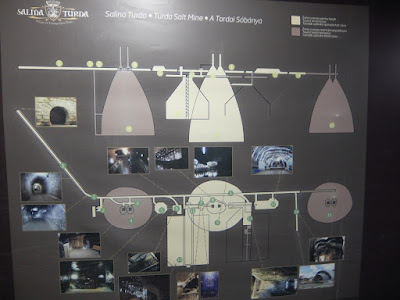 |
| Guests of the Beggar King |
I am pleased to announce the publication of the tenth issue of my fanzine, Echoes From
Fomalhaut. This is a 52-page zine dedicated to adventures and GM-friendly
campaign materials for Advanced old-school rules, with cover art by Cameron
Hawkey, and illustrations by Vincentas Saladis, Graphite Prime, and Sean Stone.Whew! This is the 10th anniversary issue, and it is still hard to believe this project has gotten this far – you gain a newfound appreciation for Lee Gold and people like her, who have been at it since the dawn of time. How do they do it? In any case, two pages of this issue are dedicated to tooting my horn with a catalogue of the zine’s articles (you can download this below).
From the declining empire of Kassadia, the zine
presents The Temple of Polyphema, a dungeon adventure for levels 2–4.
The shrine of the cyclopean goddess has been defiled by a band of marauding
gnolls, while her followers, the pitiful goat-heads, are in deep trouble due to
an old curse, and the gnolls’ ravenous appetite. This adventure, with 25 keyed
areas, was originally written for an adventure collection that never happened
(and the same one which had produced From Beneath the Glacier), and is
presented here for your enjoyment.
In the Twelve Kingdoms, we enter the tiny kingdom of Caer Iselond, ruled by Thrisp Urlum, the Beggar King. Fallen on hard times and past his prime, the king nevertheless keeps a large court with a merry knightly order recruited from rogues and never-do-wells… Now, external dangers and intrigue within his halls cast a shadow on Caer Iselond... and only the Guests of the Beggar King can set things right! This article describes the castle, its people, and the mysterious passages that lie sealed beneath the bustling halls (24 keyed areas).
Near Caer Iselond lies the druid-haunted Vexwood,
where these followers of nature have been known to burn sacrificial victims in
an enormous wicker raven. Even here, one recluse stands out with his menacing
eccentricity – and his domain is the Gorge of the Unmortal Hermit! 13
keyed areas are described in this wilderness scenario. Can the Hermit be defeated
if he is truly unmortal? And what about the crystal eyes he is reputedly
collecting? Only one way to find out (levels 2–5).
From the City of Vultures, two organisations are
described with their peculiarities, leadership, goals, and noted locations. Oom
the Many is the name of a great sorcerer who is legion – and death does not
seem to have touched him. What lies beyond the grey-robed visage, and what is
to be found in the House of Oom (14 keyed areas, level-independent)?
Unlike the secretive Oom, all know the name of Jeng,
and most shudder when it is spoken: the harsh and secretive religion rules over
the City of Vultures with its extensive spy network and army of fanatical nomads.
Yet Jeng’s clergy hides many secrets, and both treasures and valuable knowledge
are to be found in… The Temple of Jeng! (38 keyed areas, this one if for
levels 5–9, and can be nasty even that way). This issue’s fold-out map displays
the temple, Oom’s house, and more sites with The Tomb of Ali Shulwar (Echoes
#07). Is everything connected? It seems so.
The print version of the fanzine is available from
my Bigcartel store; the PDF
edition will be published through DriveThruRPG with a few months’ delay. As
always, customers who buy the print edition will receive the PDF version free
of charge. The Illustrious Index of Incline - Catalogue of Zine Articles (PDF)
 |
| Beneath the Temple of Jeng |



